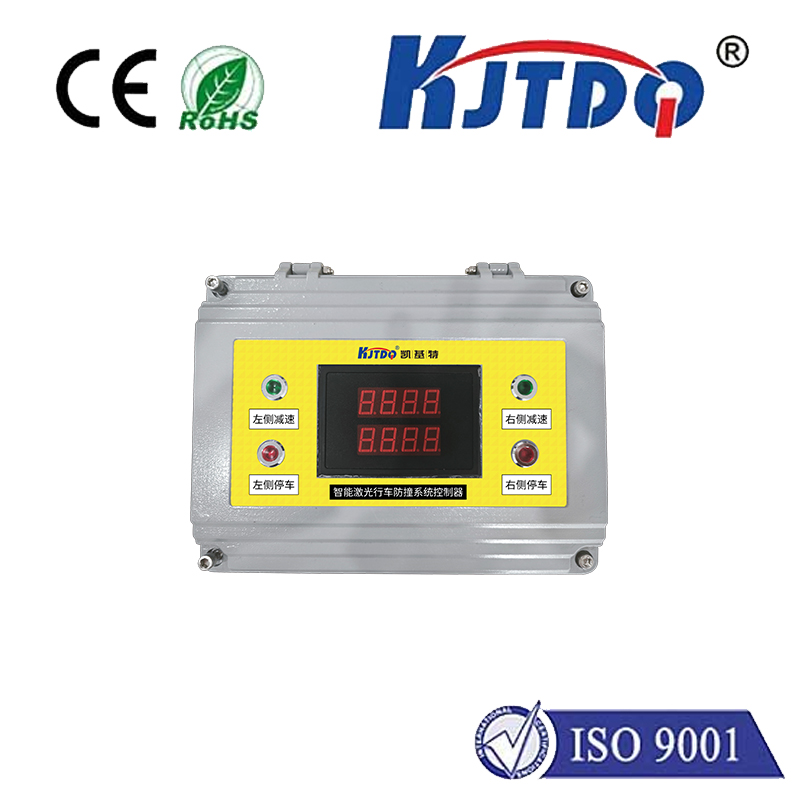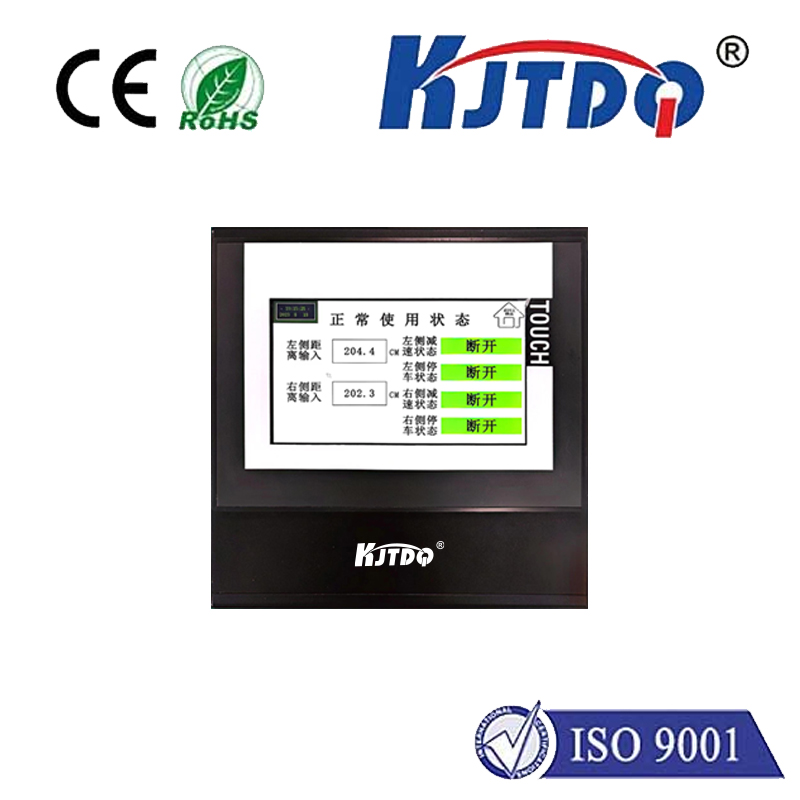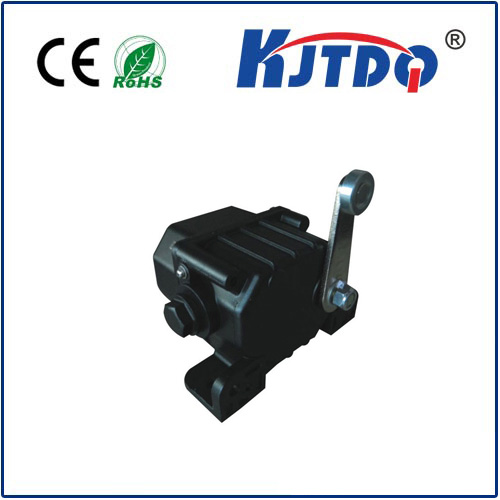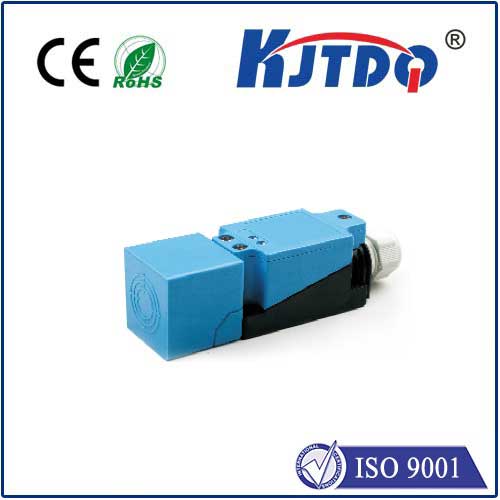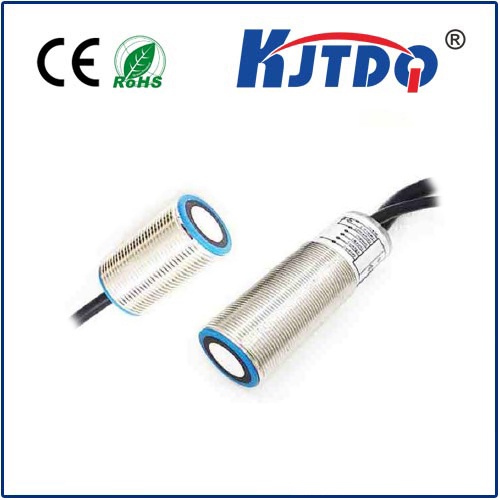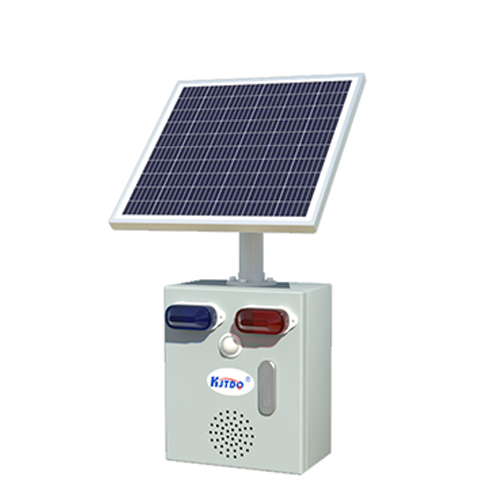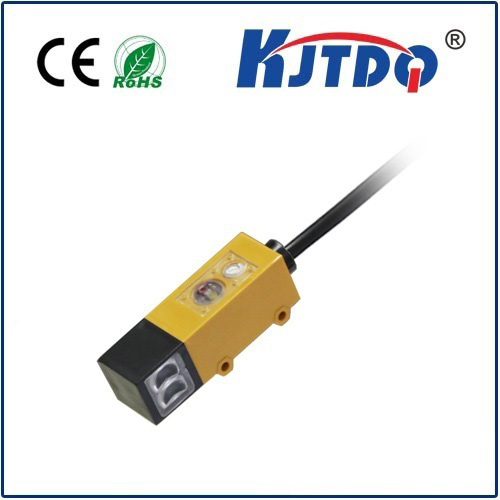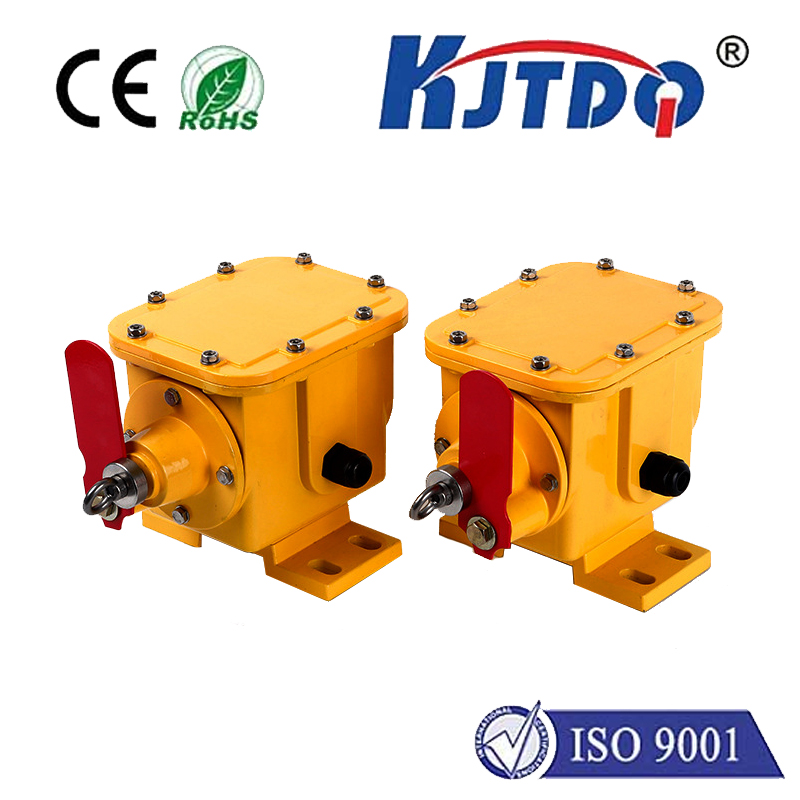pulse rate sensor
- time:2025-08-24 03:04:56
- Click:0
The Pulse of Progress: Understanding the Vital Role of Pulse Rate Sensors
Your heartbeat is more than just a rhythm; it’s a fundamental sign of life, a dynamic window into your well-being. Monitoring this vital sign has evolved from ancient pulse-taking techniques to sophisticated, often invisible, technology embedded in our daily lives. At the heart of this revolution lies the humble yet powerful pulse rate sensor. These ingenious devices translate the subtle language of your circulatory system into actionable data, empowering individuals and professionals alike. Let’s delve into the world of these sensors, exploring their workings, diverse applications, and transformative potential.
Beyond the Wrist Strap: What is a Pulse Rate Sensor?
Essentially, a pulse rate sensor is a device designed to detect and measure your heart rate, typically expressed as beats per minute (BPM). It achieves this by capturing physiological changes related to your heartbeat. While the concept seems simple, the underlying technology can be remarkably sophisticated.

- The Optical Powerhouse (PPG): The most common type found in consumer devices like fitness trackers and smartwatches is the photoplethysmography (PPG) sensor. It works by shining light (usually green LEDs are most effective on skin) onto the skin, typically on the wrist or finger. Blood absorbs light, and as your heart pumps, blood volume in the capillaries under the sensor fluctuates slightly. The sensor detects these minute changes in reflected light intensity. By analyzing the frequency of these light absorption changes, the sensor accurately calculates your heart rate. This non-invasive, convenient method has made continuous heart rate monitoring accessible to millions.
- The Electrical Signal Detector (ECG): For higher clinical accuracy, especially detecting heart rhythm abnormalities, electrocardiogram (ECG or EKG) sensors are used. These detect the tiny electrical signals generated by your heart muscle with each beat. While common in medical settings (think the sticky electrodes on your chest), wearable ECG monitors, often integrated into smartwatches or chest straps, now allow individuals to capture clinical-grade readings on the go. These sensors require direct contact with the skin at specific points.
- Pressure Wave Master (Ballistocardiography): Less common in wearables but found in specialized beds or chairs, this method detects the minute body movements caused by the ejection of blood with each heartbeat.
Where Do We See Them? The Ubiquity of Pulse Monitoring
The applications for pulse rate sensors extend far beyond counting steps or tracking workouts:
- Fitness & Wellness Tracking: This is arguably the most visible application. Fitness trackers and smartwatches use primarily PPG sensors to provide users with:
- Real-time heart rate during exercise for optimizing intensity zones (e.g., fat burn, cardio, peak).
- Resting heart rate monitoring, a key indicator of overall fitness and cardiovascular health.
- Tracking heart rate variability (HRV), providing insights into stress levels and recovery.
- Activity and calorie expenditure estimation based on heart rate data.
- Sleep stage analysis, using nocturnal heart rate and movement patterns.
- Clinical & Medical Diagnostics: Accuracy becomes paramount here. Pulse rate sensors are integral to:
- Patient monitoring systems in hospitals (tracking vital signs continuously).
- Diagnostic ECGs for identifying arrhythmias, heart attacks, and other cardiac conditions.
- Blood pressure monitors, where pulse rate is a secondary but important measurement (often using PPG or pressure oscillations).
- Portable event monitors for patients to capture intermittent heart rhythm issues.
- Tracking heart rate response during stress tests.
- Safety & Performance Monitoring: In demanding environments:
- Athletic performance optimization: Elite athletes use chest strap sensors (often combining ECG accuracy with accelerometers) for precise intensity management and recovery assessment.
- Occupational safety: Monitoring workers in high-stress, high-risk jobs (firefighters, miners) for signs of physiological distress or fatigue.
- Emerging Frontiers: Innovation continues:
- Remote patient monitoring (RPM): Enabling clinicians to track patients with chronic conditions like heart failure from home using wearable sensors.
- Mental wellness: Research explores using heart rate and HRV patterns as indicators of stress, anxiety, and emotional states for mindfulness apps and therapies.
- Driver drowsiness detection: Integrating pulse rate variability monitoring into vehicles to alert fatigued drivers.
Choosing the Right Beat: Considerations for Accuracy and Use
Not all pulse rate sensors are created equal. Understanding their strengths and limitations is key:
- Accuracy Needs: Is this for general wellness tracking or clinical diagnosis? PPG sensors on wrist-worn devices are great for trends and general fitness but can be less accurate during high-intensity movement or for users with darker skin tones or tattoos. ECG sensors in wearables offer higher accuracy for rhythm detection but require conscious activation and proper skin contact. Clinical-grade ECG is the gold standard.
- Placement Matters: Wrist PPG is convenient but can suffer from motion artifact. Chest straps (ECG) offer superior accuracy during intense exercise. Finger-clip PPG provides a stable reading but isn’t suitable for continuous wear.
- Motion Artifact: This is the Achilles’ heel of optical sensors. Vigorous movement can cause the sensor to lose contact or misread signals. Advanced algorithms constantly work to filter out this noise. ECG sensors are generally more robust against motion.
- Skin Contact & Conditions: Optical sensors rely on good skin contact. Poor fit, sweat, very cold skin, or specific skin conditions/colors can affect PPG accuracy. ECG requires conductive gel or very clean, moist skin.
- Data Interpretation: Raw heart rate is just a number. Context is crucial. Heart rate variability (HRV) analysis requires sophisticated algorithms and consistent measurement conditions (like upon waking). Understanding trends over time is often more valuable than single data points.
The Future Rhythm: Where Pulse Sensors Are Headed
The evolution of pulse rate sensor technology is rapid, focusing on:
- Enhanced Accuracy & Robustness: Development of multi-wavelength PPG sensors (e.g., adding red/infrared light) to improve performance across diverse skin tones and during motion. Better algorithms powered by AI to filter noise and extract more subtle signals.
- Miniaturization & Integration: Making sensors smaller, less power-hungry, and seamlessly integrated into more form factors – earphones, rings, patches, and even clothing.
- Multimodal Sensing: Combining heart rate data with other biosignals like blood oxygen saturation (SpO2), skin temperature, respiration rate, and blood pressure (via PPG waveform analysis - photoplethysmography holds promise here too) for a more holistic health picture.
- Advanced Health Insights: Moving beyond simple monitoring towards predictive health analytics. Using continuous heart rate and HRV data, potentially combined with AI, to identify early signs of illness, predict episodes (like atrial fibrillation), or provide personalized health recommendations.
- Seamless Remote Care: Solidifying the role of wearables in remote patient monitoring, providing clinicians with reliable, continuous data streams for proactive management of chronic conditions.
From a simple flicker under the skin to streams of digital data, pulse rate sensors have become indispensable tools. They demystify a core aspect of our physiology, putting the power to understand and manage our health and performance literally at our fingertips (or wrists). Whether you’re an athlete pushing limits, a patient managing a condition, or simply someone curious about your body’s inner workings, the pulse rate sensor continues to redefine how we listen to the vital rhythm of life. As technology advances, this listening will only become more acute, insightful, and integral to our pursuit of well-being.






